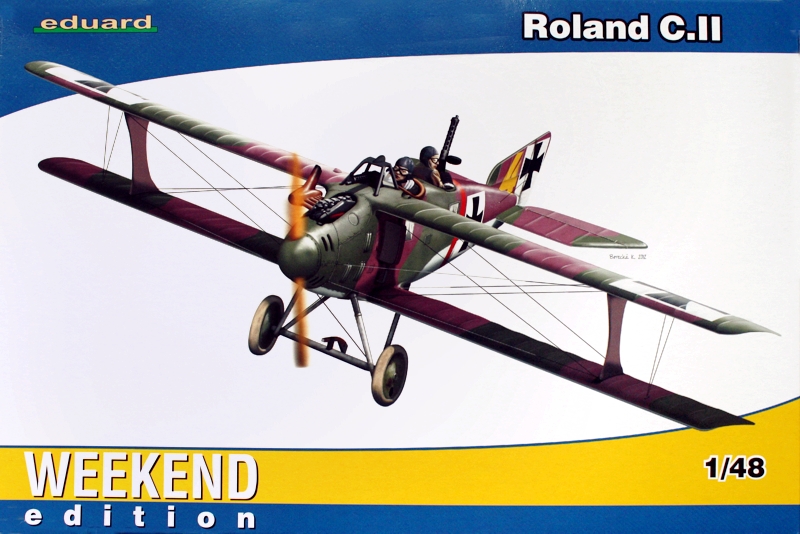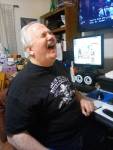Quoted Text
Is it possible that the mauve was applied to existing machines in the field, on it's introduction? Looking at the varied field applied schemes of German WWII machines, it could be a feasible that the same thing happened during WWI.
But again we have to look at Eduard's time placement in their profile and mid summer 1917 is just too early. As a matter of fact Germany had replaced the red brown at this time with either additional dark or light green areas. This is especially noted on the final production of the Albatros D.III types from Johannistahl. This was noted by documentation from German Air Headqurters in the spring of 1917. The use of the brown to be discontinued. So this was maifested in the contract productions arriving in summer 1917.
From the book "Schlachtflieger!", page 117 by Rick Duiven and Dan-San Abbott. It reads:
"The Roland C.II machines in the first two orders were painted all in the Sky Camouflage of pale bluish white all over. Commencing with the third order, LFG Roland introduced their Terrain/Sky Camouflage Scheme of chestnut brown and light greyish green on the top and side surfaces and pale bluish white on the under surfaces. Linke-Hoffmann painted the aircraft in both orders on the top and side surfaces burnt sienna and pastel greyish green and blusih white on the under surfaces. The fin and rudder were painted white."
Linke -Hoffmann serial numbers were for first 12 Rol.C.II(LiHo) was C.1851 to 1862/16 and the second order for 40 more was C.3624/16 to 3663/16.














